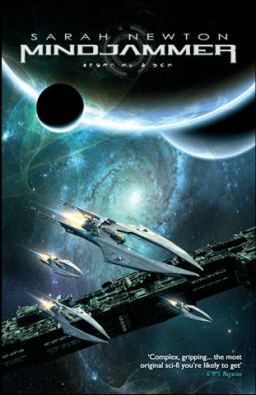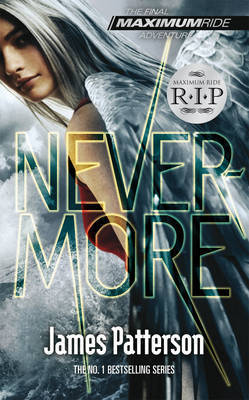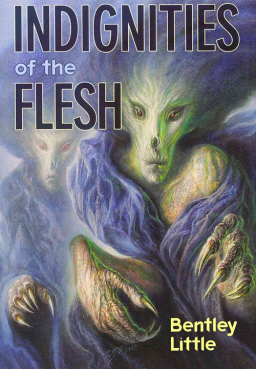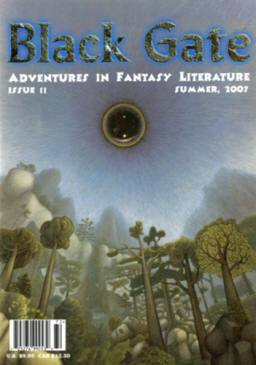Teaching and Fantasy Literature: Uses of Terrible Comic Adaptations
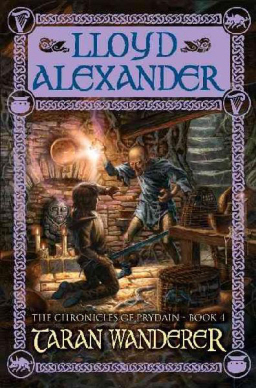 “Usually the combat scenes are the part I understand best,” said my student. “In this one, I have no idea what’s going on. There’s a wounded character at the end of the scene, and I have no idea how he even got near the fighting.”
“Usually the combat scenes are the part I understand best,” said my student. “In this one, I have no idea what’s going on. There’s a wounded character at the end of the scene, and I have no idea how he even got near the fighting.”
We’d made our way to the end of Lloyd Alexander’s Taran Wanderer, the fourth volume in the classic 1960’s YA fantasy series The Chronicles of Prydain. My student and I had sojourned in Prydain for most of a year. The prospect of seeing Taran come into his full powers at last in The High King was so exhilarating that the kid had rushed through the last several chapters of Taran Wanderer and confused himself thoroughly.
I could have assigned the usual remedy — write one page per chapter, explaining who did what to whom and why, flagging anything that’s still confusing — but I had just read Ralph Fletcher’s Boy Writers: Reclaiming Their Voices. Fletcher devotes a chapter to the ways it can help students, especially male students in his experience, to draw illustrations and diagrams alongside their writing. Apparently English teachers in high schools and middle schools are trained to discourage such drawings, on the assumption that they’re a distraction from learning how to write.
“Write me a comic,” I said.
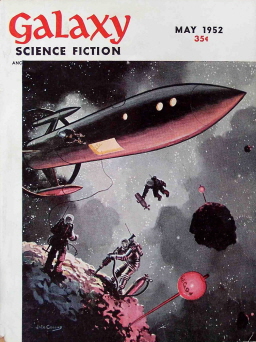
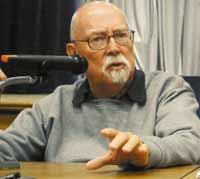
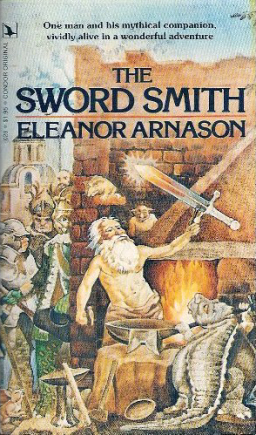
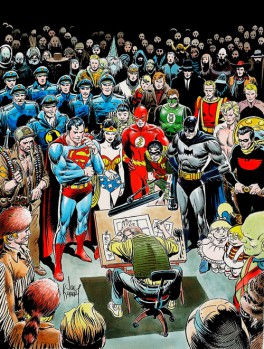
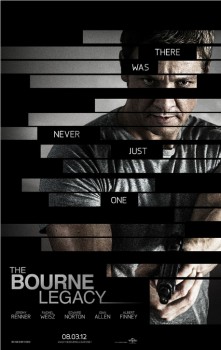 The Bourne Legacy, Paramount’s attempt to extend their successful Jason Bourne franchise — based very loosely on the novels of Robert Ludlum — does give the impression of the first film of a trilogy. It feels like The Bourne Identity (2002), the inaugural movie of the Matt Damon trilogy: it’s a starting point with some excellent sections, but also the nagging sense that all the finest moments are yet to come. Overall, there is something slight about the enterprise, making it a minor disappointment for a film I hoped would salvage August. Will Expendables 2 be this year’s “August Surprise”? I never thought that might be a possibility at the beginning of the season.
The Bourne Legacy, Paramount’s attempt to extend their successful Jason Bourne franchise — based very loosely on the novels of Robert Ludlum — does give the impression of the first film of a trilogy. It feels like The Bourne Identity (2002), the inaugural movie of the Matt Damon trilogy: it’s a starting point with some excellent sections, but also the nagging sense that all the finest moments are yet to come. Overall, there is something slight about the enterprise, making it a minor disappointment for a film I hoped would salvage August. Will Expendables 2 be this year’s “August Surprise”? I never thought that might be a possibility at the beginning of the season.